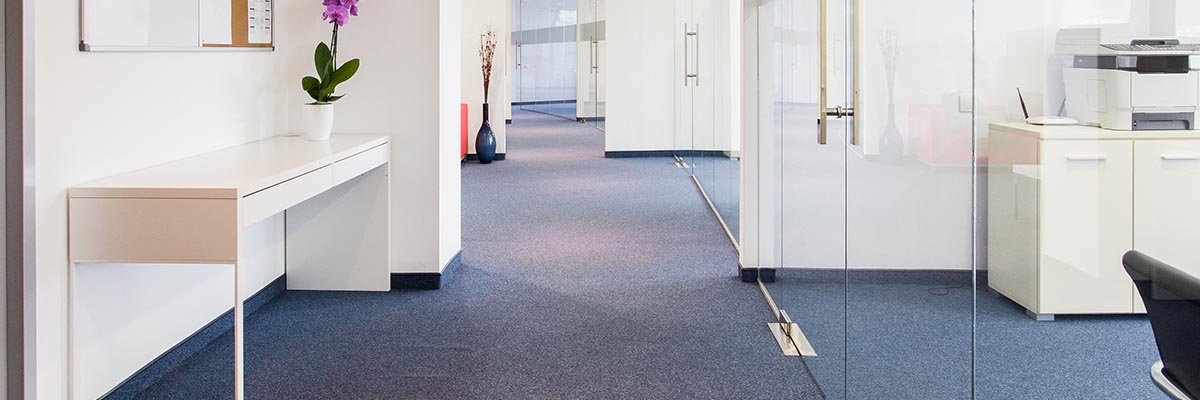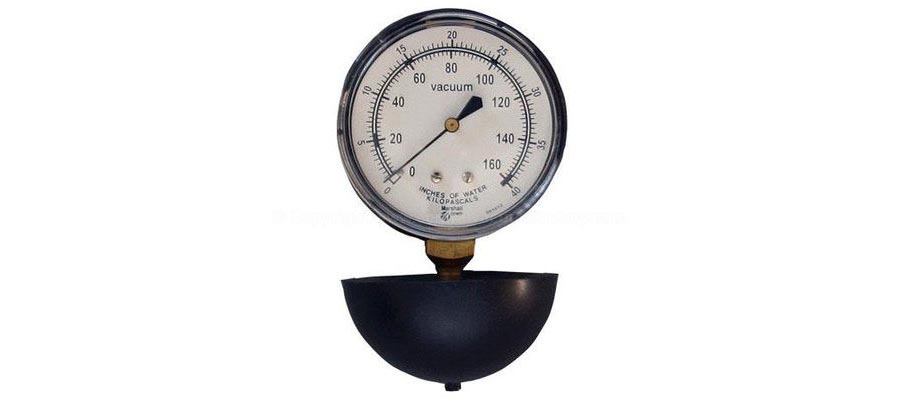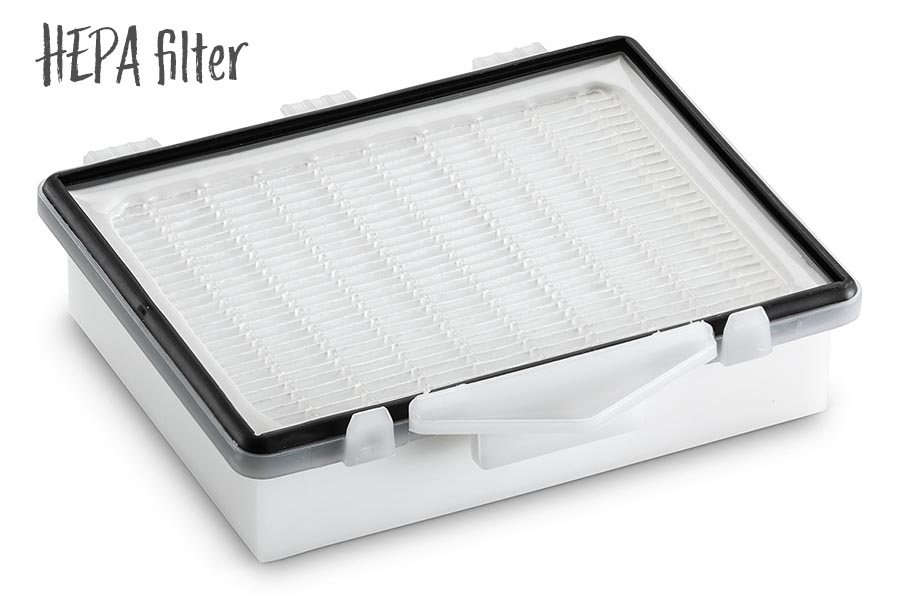Understanding Commercial Vacuum Specifications: A Facility Manager's Guide
Manufacturers provide a range of specifications for commercial vacuum cleaners, making it challenging to compare models. With the multitude of options available, it can be overwhelming for consumers to make a decision. As a facility manager, it is crucial to understand the key specifications that determine the performance of a vacuum cleaner in order to make informed purchasing decisions.

This article will discuss the most important specifications to consider when evaluating vacuum cleaners. By understanding these specifications, you will be able to choose a vacuum cleaner that effectively and efficiently meets your facility's cleaning needs.
Three Key Specifications: Water Lift, Airflow, and Filtration Efficiency
What is Water Lift?
Water Lift measures how much suction, or lifting force, a vacuum can provide under sealed conditions. Often expressed in inches, Water Lift is the distance the vacuum would draw a column of water up a tube. During this test, there is no air movement, so it represents the suction force of the motor. Rather than setting up a lab test using water, manufacturers rely on calibrated gauges like the one below to produce an accurate test result.
Water Lift provides a relative measure of a vacuum cleaner's suction power, allowing a comparison between models. Vacuums with higher water lift values perform better as the bag becomes full, and more pressure is required to keep the air moving.

What is Airflow?
Airflow is the lifeblood of a carpet vacuum's performance. Measured in cubic feet per minute (CFM), airflow signifies the vacuum's ability to move air through its system. It is a composite metric reflecting both the vacuum's suction power and the impact of its bag and filter system's resistance on the moving air.
Factors like hose design, the vacuum's wand, and the interface where the tool meets the surface can influence the actual airflow. Notably, a vacuum's airflow can diminish when bags become saturated with debris or filters get clogged with fine particulates. Hence, maintaining clean bags and filters is paramount for sustaining optimal vacuum performance.
A high CFM value is synonymous with superior cleaning efficiency. Airflow is what enables the vacuum to pick up and transport dirt from your carpet to the containment unit, whether it be a bag or a canister. Typically, vacuums are tested for airflow without their accessories to ensure a pure measure of just the machine's capability.
What is Filter Efficiency?
It doesn't really matter how well a vacuum collects dirt if it isn't captured by the filtration system. That's where filter efficiency matters. Filter efficiency is expressed as the percentage of particles captured at 0.3 microns.
What is a micron and why do we test at 0.3 microns?
A micron is one millionth of a meter, or 0.000001 meters. Filters are tested at 0.3 microns because due to some tricky physics, that particle size is difficult to filter. Surprisingly, filters are more efficient at trapping smaller particles than 0.3 microns. For more information on this topic, the Wikipedia page for HEPA Filtration is a good place to start.
Vacuum Filter Efficiency Specifications
For vacuums without HEPA filters, you can typically expect values between 99.4% and 99.7% at 0.3 microns. With the addition of a HEPA filter, which is a separate filter that cleans the air after it exits the filter bag, filter efficiency levels can reach 99.97% at 0.3 microns. HEPA filters also have a usage life specification measured in hours. Many vacuums will recommend replacement after 80 to 100 hours. Check your vacuum's manual for this specification. As a general rule, changing your HEPA filter after every 10 filter bag changes will get you in the right ballpark.

Other Considerations
While the above specifications are the key to vacuum performance, there are some other factors that could play into your decision making process:
- Capacity: A larger capacity means less frequent emptying, ideal for commercial use.
- Noise Level: Lower decibels for environments where noise is a concern, like offices.
- Weight and Ergonomics: For ease of use and maneuverability.
- Cord Length: Depending on your building layout, a few feet can make a big difference when cleaning.
Hillyard Can Help You Pick The Right Equipment
At Hillyard, we understand the complexity of choosing the right cleaning equipment for your facility. With experts strategically located across the United States, we offer personalized guidance to ensure you select the most suitable vacuum cleaner and other cleaning solutions tailored to your unique needs. Contact us today by filling out the "I'm Interested" form below and let's start optimizing your cleaning program together.